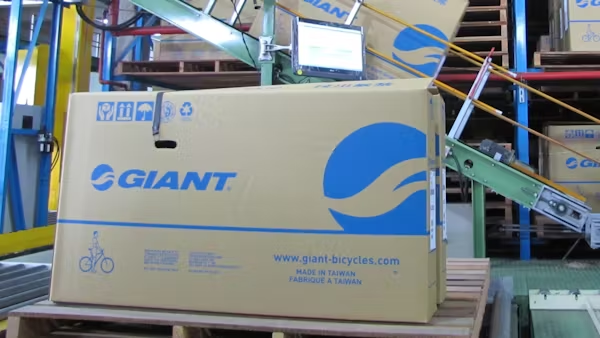Riding the Wave of Change: What New EU E-Bike Regulations Mean for Cyclists
As the cycling world gears up for the 2024 European elections, a ripple of uncertainty is sweeping through the e-bike industry. Recent announcements by several EU ministries indicate that upcoming vehicle regulations may rewrite the rulebook for e-bikes, leaving many cyclists and manufacturers questioning what the future holds. Will e-bikes retain their classification as bicycles, or are stricter regulations on the horizon?
The Current Landscape of E-Bike Regulations
Currently, e-bikes enjoy a unique status in many European countries, classified as bicycles as long as they meet certain criteria. Typically, this means a maximum output of 250 watts and a speed limit of 25 km/h (15.5 mph). However, with increasing popularity—especially among urban commuters—lawmakers are re-evaluating these thresholds. Advocates argue that classifying higher-powered e-bikes alongside traditional bicycles promotes environmental benefits and enhances mobility in congested cities. However, concerns regarding safety and regulatory standards are mounting, leading to calls for a more nuanced approach to classification.
Concerns from the Cycling Community
Cyclists and industry insiders are voicing worries that stricter regulations could stifle the e-bike movement. As e-bikes become integral to many people’s daily lives, the potential shift in status could introduce mandatory type approval and other bureaucratic hurdles. This could not only increase the cost of manufacturing and ownership but may also make e-bikes less accessible to the average cyclist. Additionally, if e-bikes are regulated more like motorcycles, riders may face new licensing requirements, insurance costs, and restrictions limiting where they can ride.
A Call for Clearer Regulations
In light of these potential changes, many are advocating for a balanced approach to e-bike regulation. This would involve retaining the current classification while introducing provisions for higher-powered models that could address safety concerns without alienating existing e-bike users. Clear regulations will not only protect users but also provide manufacturers with the stability needed to innovate. As e-bikes continue to evolve—from cargo e-bikes to performance-focused models—it’s crucial that regulations keep pace with technological advancements, ensuring safety without hindering growth.
My Personal Insight
As someone who thrives on two wheels, I genuinely believe that e-bikes will play a pivotal role in the future of urban transportation. The flexibility they offer is invaluable, particularly in busy cities. However, it’s crucial that we remain vigilant and advocate for regulations that support rather than stifle this innovation. If you’re an e-bike enthusiast, it’s a good time to engage with local cycling groups or forums to voice your opinions and stay informed about developments in this space.
Conclusion: Embracing the Future of Cycling
In summary, the potential changes to e-bike regulations present both challenges and opportunities for the cycling community. While fears abound over increased bureaucracy, it’s essential for cyclists to remain proactive. Staying informed and engaged with policymakers can help ensure that e-bikes remain an accessible and integral part of the transportation ecosystem. As we look ahead, let’s hope that regulations evolve to embrace the benefits of this exciting technology while continuing to promote safety and equity on the roads.
Original article: Click here











